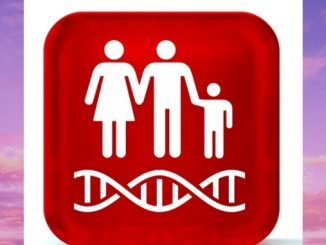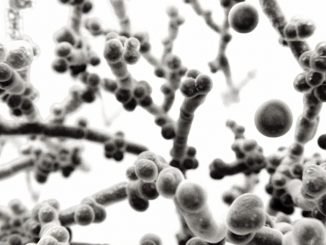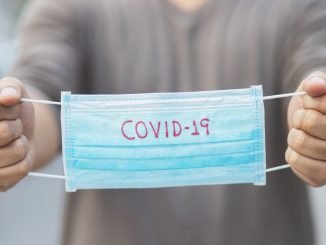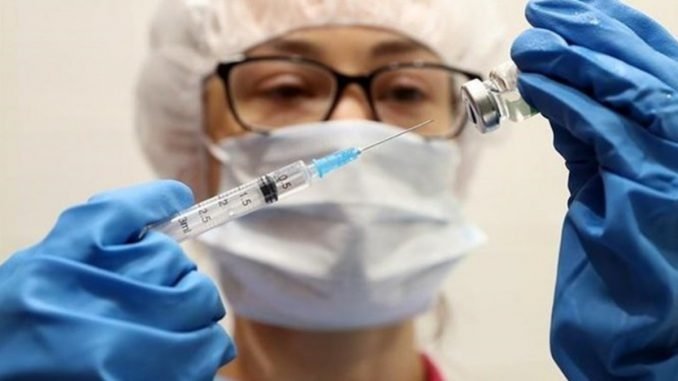
A new study of the University of Toronto reveals effective ways to control the spread of COVID-19
The researchers from the University of Toronto, Rotman School of Management probed about the most effective ways to control the spread of COVID-19 that have been already by the policymakers around the globe.
With the arrival of effective vaccines for the COVID-19 virus, the end of the pandemic is on the horizon but in the short term, the virus continues to spread. A new study published by PLOS ONE examines the effectiveness of COVID control policies in 40 jurisdictions including countries and U.S. states.
Among the conclusions is that significant social costs must be incurred to reduce the growth of the virus to negative. In most jurisdictions examined, policies with a lesser social impact including cancellation of public events, restrictions of gatherings to fewer than 100 people, and recommendations to stay at home, are not enough in themselves to control COVID-19.
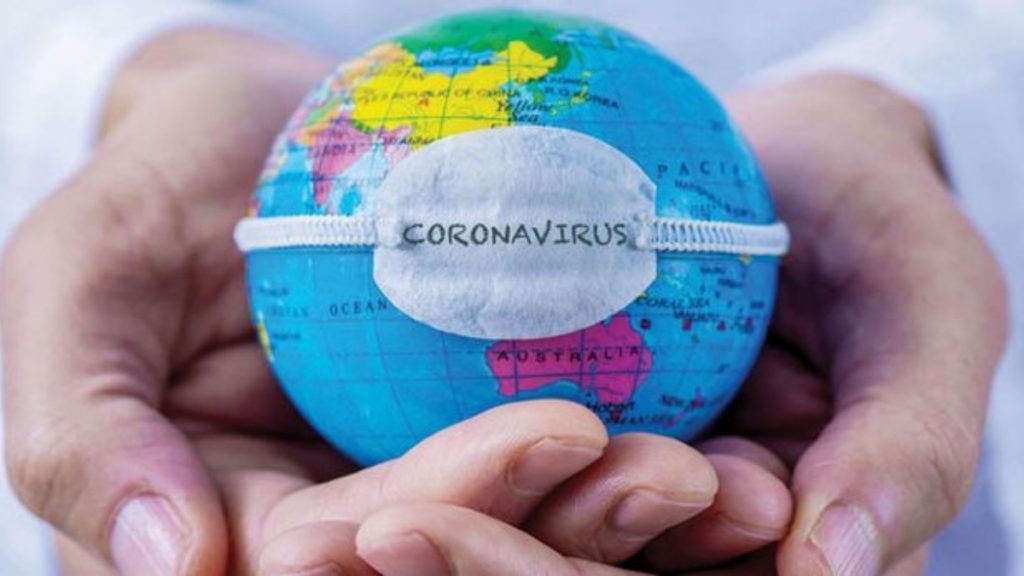
Socially intolerable measures such as stay-at-home orders, targeted or full workplace, and school closings are also required till the infection ends.
The study used a model to generate estimates of the marginal impact of each policy in a jurisdiction after accounting for the overall portfolio of policies adopted by the jurisdiction, the levels at which the policies are implemented, the rigorousness of compliance within the jurisdiction, the jurisdiction’s COVID-19 infections, COVID-19 deaths, and excess deaths, and the performance of the portfolio of policies in other jurisdictions.
Eleven categories of COVID-19 control policies were examined including school closings, workplace closings, cancellation of public events, restrictions on gatherings, the closing of public transport, stay-at-home requirements, restrictions on internal movement, international travel controls, public information campaigns, testing, and contact tracing.

